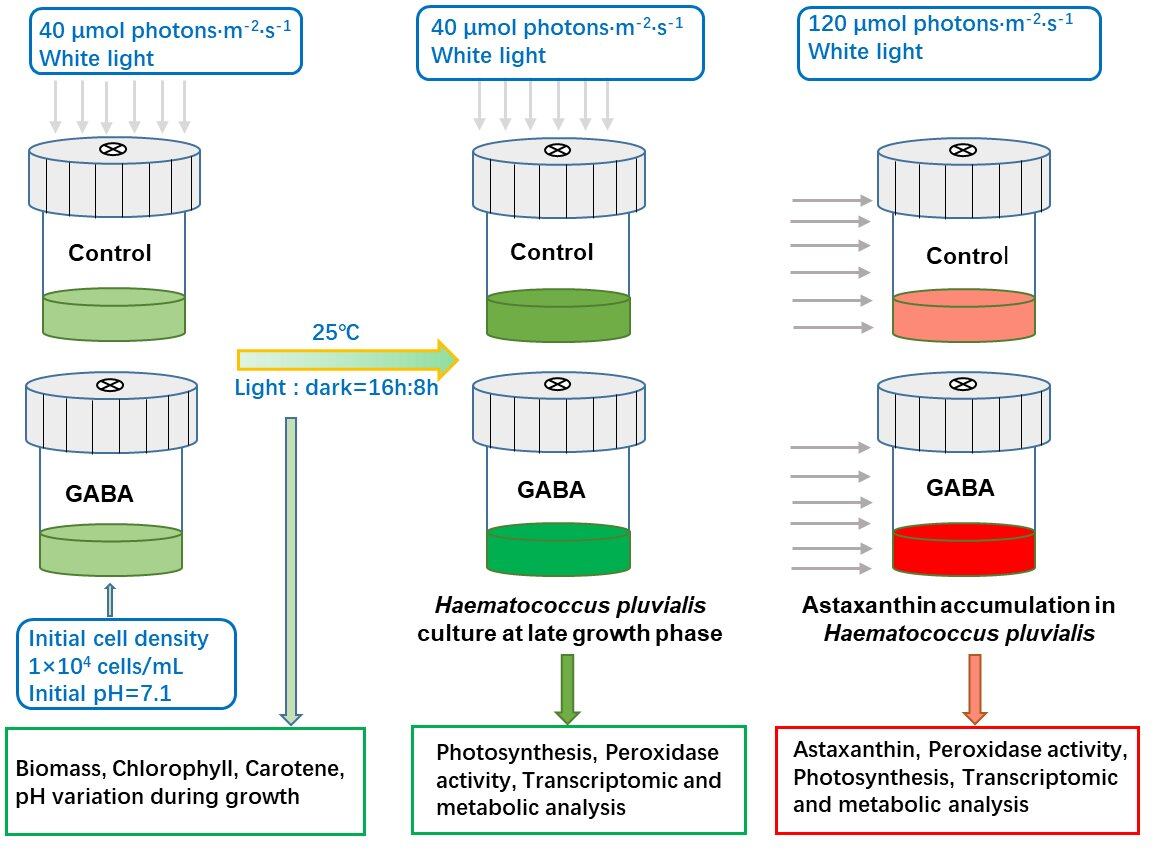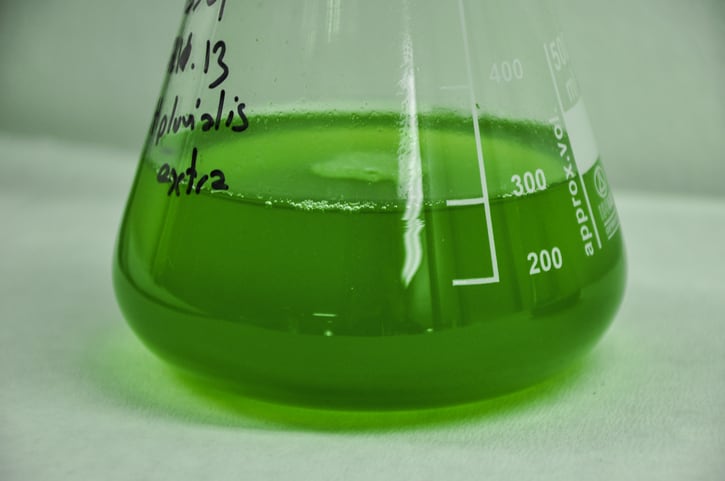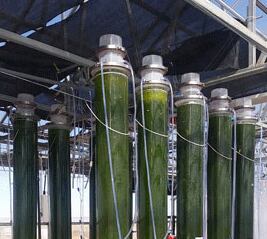The xanthophyll carotenoid is a secondary metabolite naturally synthesized by a number of bacteria, microalgae, and yeasts. Astaxanthin possesses a number of health benefits and important nutraceutical applications in the field of dermatology, including photoprotective, antioxidant, and anti-inflammatory effects.
To achieve high astaxanthin yield, one strategy in the microalgae industry is to promote growth and biomass of the microalga Haematococcus pluvialis, one of most efficient sources for industrial biological production of astaxanthin.
H. pluvialis is a freshwater species of Chlorophyta from the family Haematococcaceae, a species that is known for its high content of astaxanthin.
Promoting growth
The research group, led by Professor Huang Qing, conducted both transcriptome and metabolome analyses to explore the growth of H. pluvialis.
The study, published in the journal Algae Research, illustrated how researchers applied γ-aminobutyric acid (GABA) in the cultivation system and found it could significantly promote the growth of H. pluvialis, resulting in higher astaxanthin yields.
Light challenges
To complete the accumulation of astaxanthin in H. pluvialis, strong light irradiation is required. However, strong light causes irreversible photo-oxidative damage to algae cells, resulting in less astaxanthin production.
The researchers found that at the late green growth stage, GABA can enhance the ability of algae cells to resist stress with the increased expression of PP2C, SnRK2, CPK, HASP90, PTOX genes related to stress resistance, while in the early red cyst stage, GABA had a photoprotective effect on algae cells exposed to strong light as the expression of light harvesting protein Lhca2 was up-regulated.
Findings
According to the report, the addition of GABA not only increases the biomass, it also reduces the photo-oxidation damage and cell death in the process of strong light conversion. The researchers said their findings suggest that GABA improves the photosynthetic performance of algal cells, giving rise to better light adaptability and stronger heat dissipation capacity.

“The results suggest that the plant hormone signal pathway played a regulatory role in the algae cells, with the genes related to stress resistance being up-regulated. The expression of RuBisco in carbon fixation pathway was also up-regulated, which improved the utilization efficiency of carbon dioxide and biomass under the high light irradiation. Under high light stress, the expression of Lhca2 was up-regulated, and the expression of PTOX related to light protection was up-regulated, while the expression of genes related to astaxanthin synthesis was down-regulated, showing that γ-aminobutyric acid enhanced the photo-protection and stress resistance,” the authors noted. “Furthermore, we measured the pigment contents, showing that γ-aminobutyric acid increased the contents of chlorophyll and carotene under the condition of nutrient deficiency in the late stage of green vegetative growth. The photosynthesis evaluation reveals that the electron transfer rate (ETR) and non-photochemical quenching (NPQ) of algae cells increased with γ-aminobutyric acid treatment, confirming that γ-aminobutyric acid enhanced the heat dissipation capacity and reduced the light damage.”
Key highlights
•γ-Aminobutyric acid (GABA) prolongs the logarithmic growth phase of H. pluvialis and increases the biomass.
•GABA causes the increased expression of some genes that may improve stress tolerance and resistance.
•GABA causes the up-regulation of light-trapping genes and down-regulation of some oxidase synthesis-related genes.
•GABA has photo-protective effects on algae cells, resulting in enhanced high light adaptability and heat dissipation ability.
Source: Algae Research
12 October 2020 doi.org/10.1016/j.algal.2020.102089
“Exogenous γ-aminobutyric acid promotes biomass and astaxanthin production in Haematococcus pluvialis”
Authors: L. Li et al.




